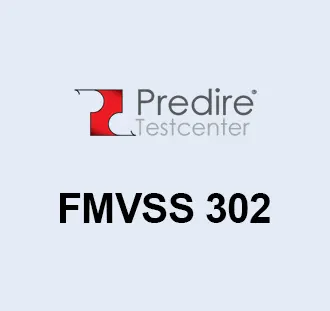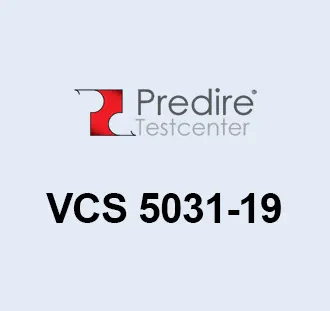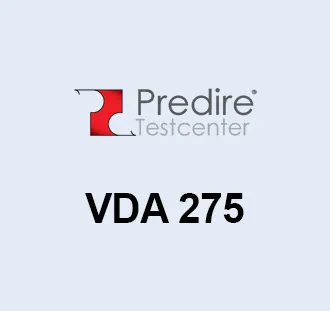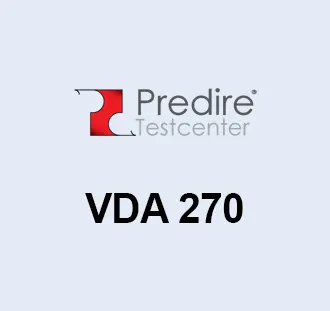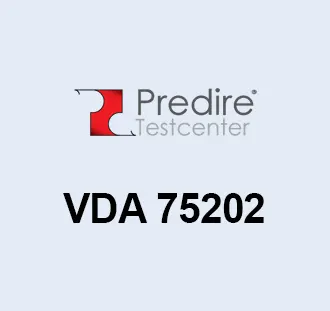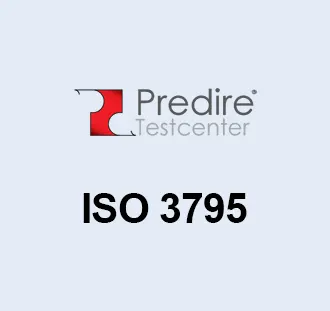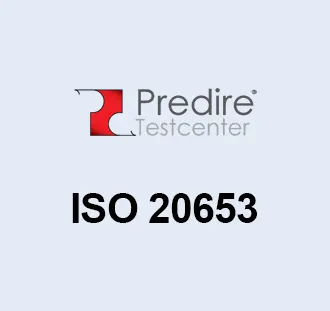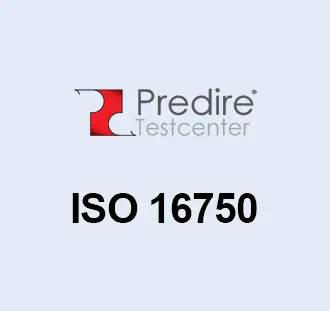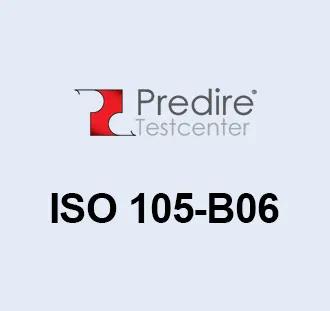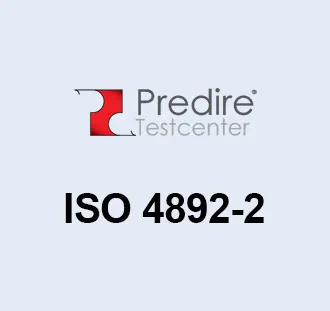ISO 4892-2: Plastics – Methods of Exposure to Laboratory Light Sources – Part 2: Xenon-Arc Lamps
Overview and Purpose
ISO 4892-2 specifies the method for exposing plastics to artificial light sources in a laboratory setting, focusing specifically on xenon-arc lamps. This standard is part of a series that aims to simulate and reproduce the weathering effects that occur when materials are exposed to sunlight, either directly or through glass. The purpose of this testing is to evaluate the changes in physical and optical properties of plastics due to light exposure, which is critical for assessing the durability and longevity of materials used in various applications.
How the Test is Conducted
- Sample Preparation: Samples of the plastic material are prepared according to the standard’s guidelines, ensuring uniformity in size, shape, and condition for accurate testing.
- Exposure Conditions: The samples are exposed to light from a xenon-arc lamp, which closely simulates natural sunlight in both the visible and ultraviolet (UV) spectrums. Conditions such as the intensity of the light, exposure duration, and the cycle of light and dark periods are carefully controlled and can be varied to simulate different environmental conditions.
- Environmental Simulation: In addition to light exposure, the test can simulate other environmental conditions such as rain, dew, and temperature changes to provide a comprehensive assessment of weathering effects.
- Evaluation: After exposure, the samples are evaluated for changes in properties such as color, gloss, tensile strength, and impact resistance. The extent of these changes can indicate the material’s durability and suitability for specific applications.
Purpose of the Standard
- Material Durability: Helps manufacturers and researchers evaluate the durability of plastic materials under conditions simulating natural sunlight and weathering.
- Product Development: Provides valuable data for the development of new materials and products, allowing for the improvement of formulations to enhance resistance to light-induced degradation.
- Quality Assurance: Acts as a benchmark for quality assurance, ensuring that products meet the required durability standards for their intended use.
- Regulatory Compliance: Assists in meeting regulatory requirements and industry standards for product safety and performance.
Head Office
Privacy policy and cookies
Click here to present our privacy policy and explains how we use cookies on this website

